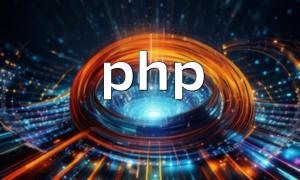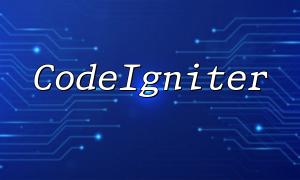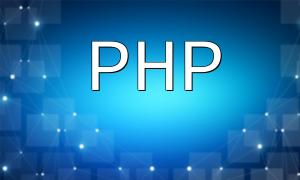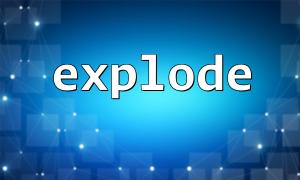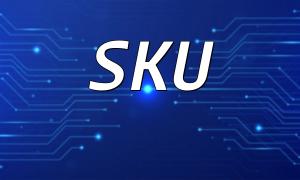With the rapid development of the internet, online learning platforms have become an integral part of modern education. More and more people are choosing online learning, not only because it provides flexible learning schedules but also because it breaks geographical limitations. In this article, we will discuss in detail how to develop a feature-rich online learning platform using PHP that meets the needs of learners and educational institutions.
Before starting development, it's crucial to conduct a requirements analysis. A standard online learning platform usually needs to include the following features: user registration and login, course publishing and management, online learning and exams, teacher-student interaction, and data analysis and reporting. Based on these features, we can design the basic platform architecture and further refine the development needs.
The core features of an online learning platform include user registration and login systems, as well as course management functionality. In this section, we will focus on how to use PHP and MySQL to store user and course information. First, we need to design the database and establish table structures for storing user and course data. For user registration, the system should validate the username, password, and email address; the login functionality should verify the username and password, and manage user sessions using PHP sessions.
Course management serves as a bridge between teachers and students. Teachers can create and manage courses through the backend interface, including adding course content, uploading materials, and setting learning plans. Students can select courses that interest them and engage in learning. During this process, we can use the file system to manage the storage of course materials and establish relationships to link students with their respective courses.
Online learning and exams are the core functions of the platform. Students can follow the course schedule to study, complete assignments, and take tests. Teachers can monitor students' progress and evaluate their assignments. To achieve this functionality, we need to develop a user-friendly learning interface that allows students to view course materials, submit assignments, and take online tests. Simultaneously, the teacher interface should provide tools for evaluating student assignments and offering timely feedback.
A quality online learning platform should offer a robust interaction system. Students and teachers should be able to communicate via discussion forums, private messaging, or Q&A systems. We can design a discussion section in the platform, where students can ask questions when facing learning difficulties, and teachers or other students can provide answers. Additionally, a private messaging system offers a one-on-one communication channel between students and teachers.
The data analysis and reporting functionality can help students, teachers, and educational institutions better understand learning progress and course effectiveness. By collecting learning data from students (e.g., study time, course progress, test scores), we can offer personalized learning recommendations. The teacher dashboard can also display learning analytics such as assignment completion rates, grade distributions, etc., helping instructors adjust their teaching plans accordingly.
This article covered how to develop a fully functional online learning platform using PHP. From requirements analysis to basic functionality development, online learning and exams, teacher-student interaction, and data analysis, we have detailed the implementation of each key feature. Of course, during actual development, it is also essential to pay attention to user experience, security, and performance optimization. We hope this article provides valuable insights for PHP developers looking to build online learning platforms and helps guide the development process.

